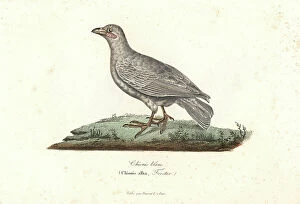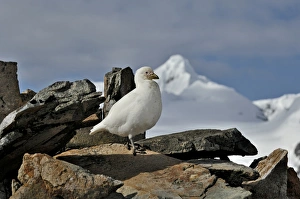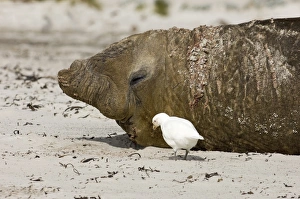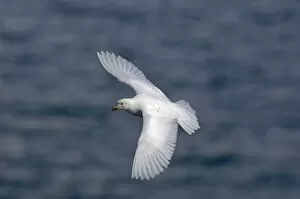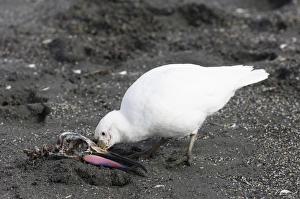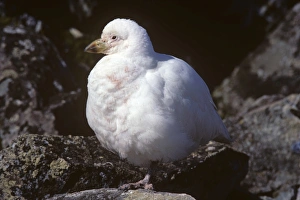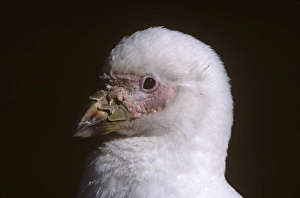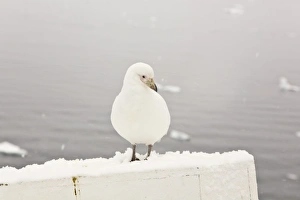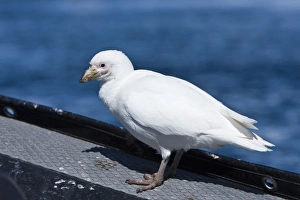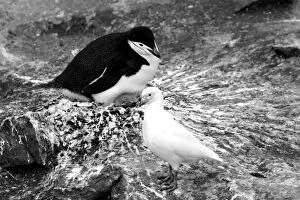Chionis Alba Collection
The Pale-faced Sheathbill, scientifically known as Chionis alba, is a fascinating bird species found in the Antarctic Peninsula
All Professionally Made to Order for Quick Shipping
The Pale-faced Sheathbill, scientifically known as Chionis alba, is a fascinating bird species found in the Antarctic Peninsula. With its striking white plumage and distinctive features, it captures the attention of wildlife enthusiasts worldwide. One captivating image showcases an adult Pale-faced Sheathbill feeding around Southern Elephant Seal Sea. This sight highlights their resourcefulness and adaptability to survive in harsh environments. Another photograph captures a Snowy sheathbill in flight, showcasing their graceful movements against the backdrop of Antarctica's icy landscape. In South Georgia during November, a pair of Pale-faced Sheathbills can be seen at a prospective nest site. Their dedication to building safe havens for their offspring demonstrates their commitment to ensuring future generations thrive. Interestingly, these birds have been observed feeding on a king penguin skull in South Georgia. This behavior showcases their opportunistic nature and ability to scavenge for sustenance even from unconventional sources. Throughout January on the Antarctic Peninsula, Michael S. Nolan captured stunning images of these remarkable creatures amidst breathtaking scenery. These photographs serve as reminders of the beauty and fragility of this unique ecosystem. Visitors aboard the National Geographic Endeavour are often greeted by curious adult Pale-faced Sheathbills landing on its bow near the Antarctic peninsula. Being the only sheathbill species present up to 65 degrees south adds an element of exclusivity and rarity to such encounters. Similarly, Lindblad Expedition Zodiacs near Usefull Island provide another opportunity for close encounters with these intriguing birds. The presence of curious adult Pale-faced Sheathbills alighting upon them further emphasizes their curiosity towards human activities within their habitat.

